November 28, 2024 | 15:41 GMT +7
November 28, 2024 | 15:41 GMT +7
Hotline: 0913.378.918
November 28, 2024 | 15:41 GMT +7
Hotline: 0913.378.918
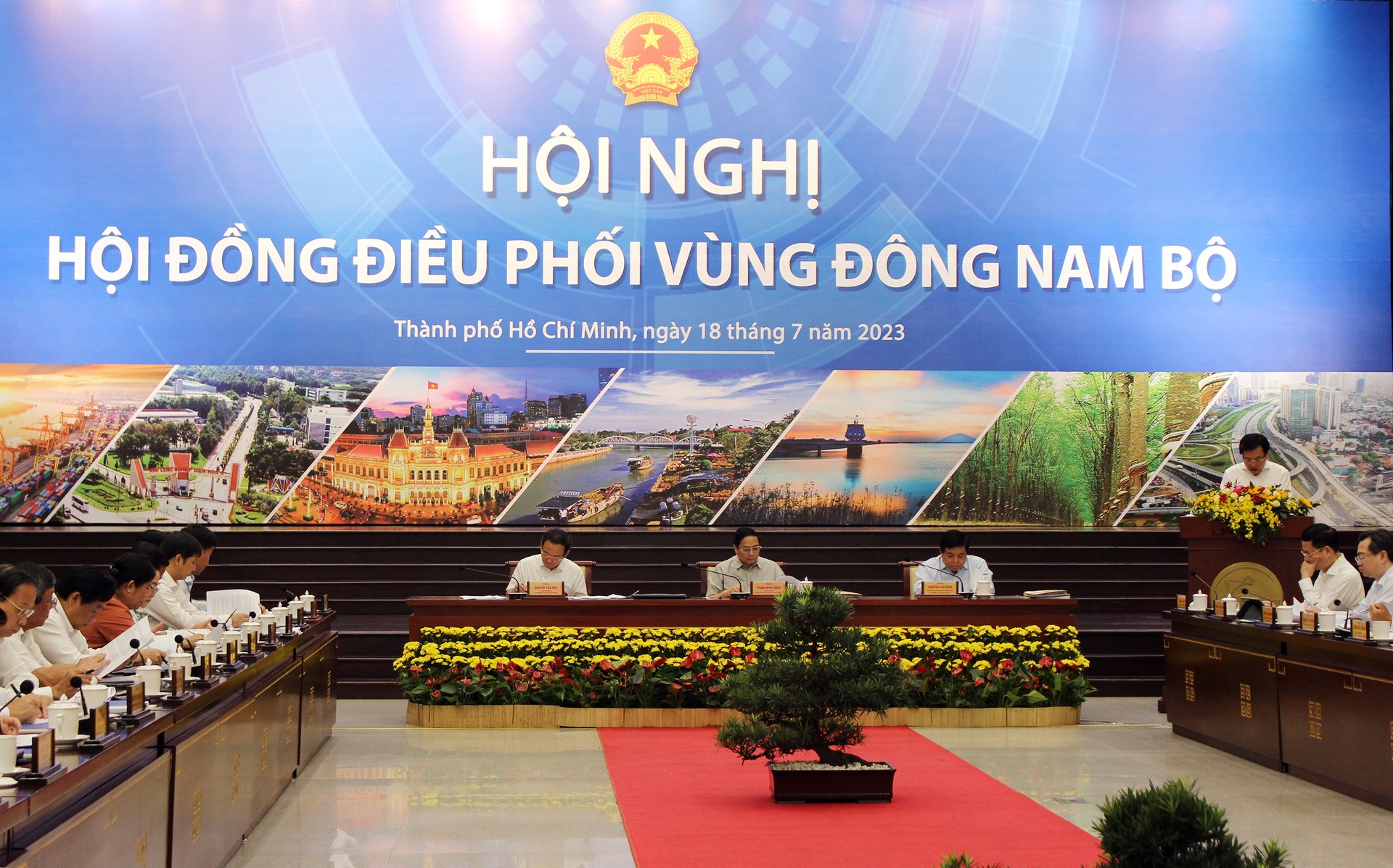
The Conference on launching the Coordination Council of the Southeast took place in Ho Chi Minh city. Photo: T.N.
At the Conference on launching the Coordination Council of the Southeast on July 18, Minister of Transport Nguyen Van Thang acknowledged that the transport infrastructure system of the Southeast region still has limitations and its development is not commensurate with the potential, advantages, and needs for socio-economic development. The regional and inter-regional transport infrastructure networks are still lacking and asynchronous. Ho Chi Minh city's Ring Roads 3 and 4 have not been completed. The progress of urban railway construction in Ho Chi Minh city (HCMC) is still slow, so the traffic congestion in the inner city has not been completely solved.
Mr. Nguyen Van Thang said that the Ministry of Transport (MOT) has been implementing synchronous solutions. Regarding the planning, MOT has submitted to the Prime Minister for approval five national master plans in the field of transport. Of which, the transport infrastructure system in the Southeast region has been planned in the direction of integration, ensuring synchronous connectivity, and promoting the advantages of each mode of transport. Especially prioritizing resources to focus on investing in modern and synchronous transport infrastructure.
"The total capital investment for transport infrastructure in the Southeast region is expected to be approximately VND 738,500 billion. In particular, VND 342,000 billion is needed in the 2021 - 2025 period. Of which, VND 60,800 billion is from the Central government budget; VND 29,700 billion is from the local government budget; VND 109,000 billion is from the capital of state-owned enterprises; and VND 142,500 billion is from capital mobilized from investors. In the 2026 - 2030 period, the demand is approximately VND 396,500 billion, focusing on investment in key projects and regional linkages, creating a spreading motivation," said the Minister of Transport.
Regarding roads, MOT focuses on completing investment in North-South expressways, highways connecting HCMC with important gateways, transport joints, and ring roads in the HCMC area.
Regarding railways, the Ministry upgrades the existing North - South railway and the HCMC joint area to improve the efficiency of railway operation. Continue to invest in the operation of urban railways in HCMC and early invest in Thu Thiem - Long Thanh railway, Bien Hoa - Vung Tau railway connecting HCMC and Dong Nai with Vung Tau city to Cai Mep - Thi Vai port, and HCMC - Can Tho railway.
Regarding inland waterways, the Ministry renovates, upgrades, completes, and puts into technical level inland waterway transportation routes such as routes from HCMC to Kien Luong, Ca Mau, Ben Keo, Ben Suc, etc. Invest in and upgrade inland waterway ports to collect and clear goods for major seaports in the region; implement projects to develop the Southern waterway and logistics corridor.
Regarding navigation, upgrade the marine fairway from buoy No. 0 to Cai Mep-Thi Vai port, Xoai Rap fairway; call for investment in seaports, the Cai Mep Ha logistics center, and inland ports in the region to form large logistics centers. Complete the relocation of ports on the Saigon River and continue to modernize the Cai Mep-Thi Vai international gateway port into a large international transshipment port with the stature of Asia and the world. Promote the construction of the Can Gio international transshipment port.
Regarding aviation, invest in putting into operation terminal T3 of Tan Son Nhat airport, phase 1 of Long Thanh international airport, and continue to invest in phase 2 of Long Thanh international airport. Upgrade Con Dao and Bien Hoa Airports.
At the same time, synchronously develop national, regional, and international logistics systems associated with seaports, airports, international border gates, and key economic corridors; build an aviation logistics center associated with Long Thanh international airport; and invest in developing a logistics system associated with seaports in Ba Ria - Vung Tau and HCMC.
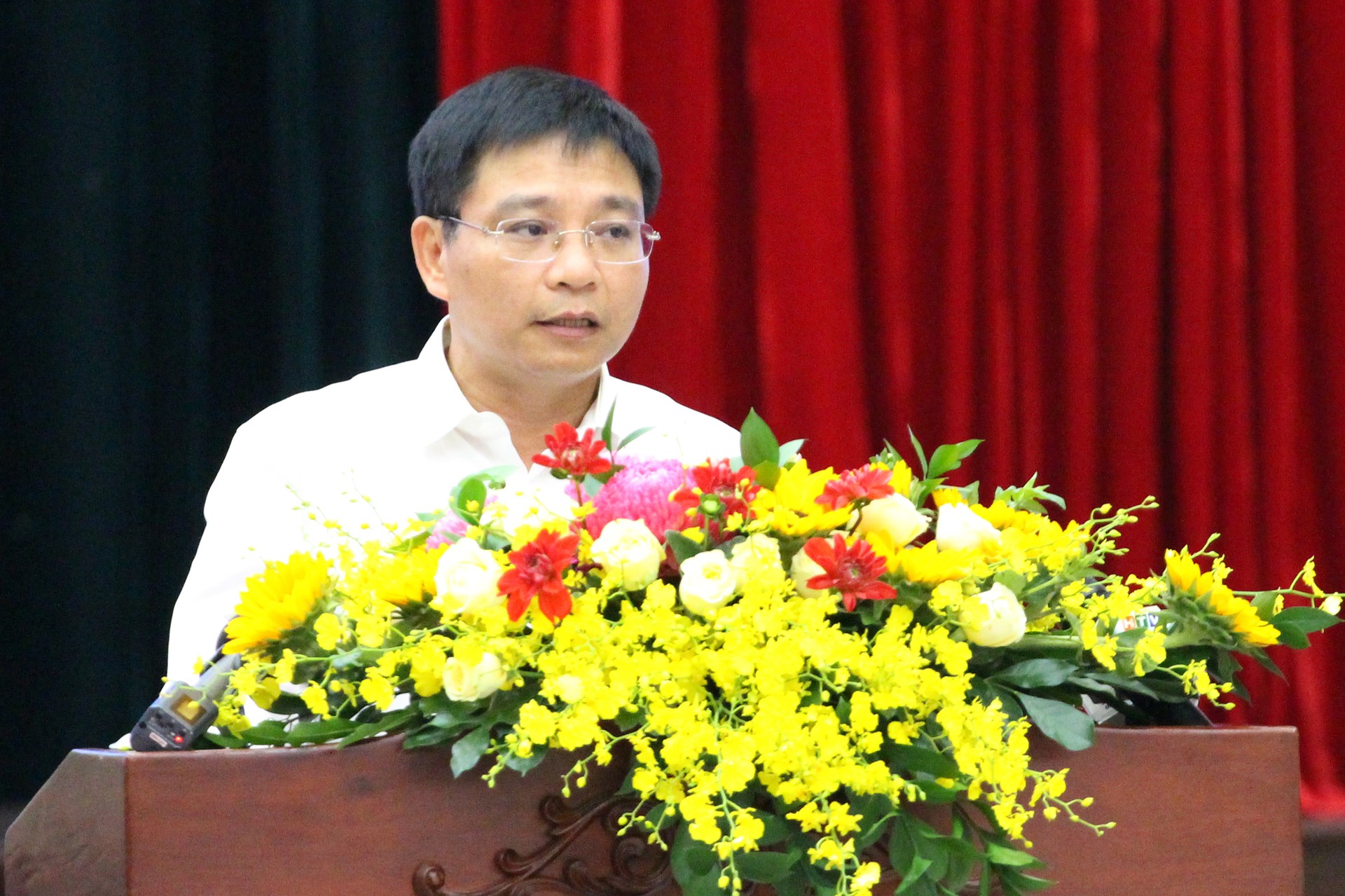
Minister of Transport Nguyen Van Thang reported the discussion. Photo: T.N.
To achieve the goals of developing transport infrastructure in the Southeast region, according to Minister Nguyen Van Thang, it is necessary to proactively overcome four challenges: the global economic downturn, declining business health, a large demand for capital investment while the state budget is limited, and a lack of breakthrough mechanisms and policies that are attractive enough to investors, especially foreign investors, to invest in transport infrastructure and make full use of favorable factors.
According to the Minister of Transport, in order to attract resources for building a transport network in the Southeast region, it is necessary to soon complete the provincial and Southeast regional plans, which fully integrate, unify, and synchronize with the five specialized plans on transport approved by the Prime Minister.
It is also necessary to develop a list of priority projects calling for investment in developing the region’s transport infrastructure by 2030, maximize the mobilization of non-budget capital sources, and effectively use the state budget with the goal of "Taking public investment to lead private investment." In particular, focus on key transport infrastructure projects with spreading effects to create regional linkages.
Research to propose specific mechanisms and policies with breakthrough and outstanding characteristics to promote the development of the Southeast region and promote regional linkages, similar to some of HCMC’s pilot mechanisms and policies approved by the National Assembly in Resolution No. 98.
Localities in the region need to proactively spend resources on investing, completing, and timely upgrading connecting routes from highways and arterial traffic to economic zones, industrial parks, seaports, airports, and inland waterway ports. This aims to ensure synchronous exploitation of transport infrastructure and avoid the situation of "port waiting for the road," which wastes resources.
Translated by Huyen Vu Thu
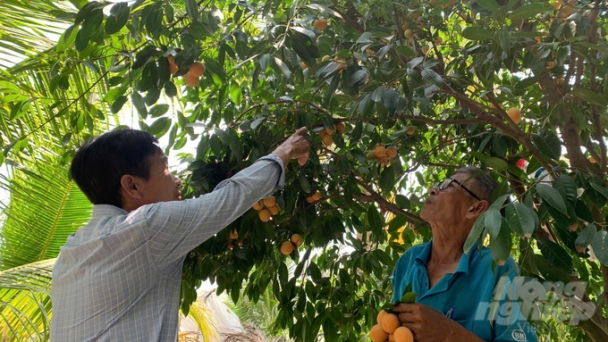
(VAN) Huynh Van Cap has developed a method for the sweet plum mango plant to enhance its fruiting and flowering capacity without relying on the weather over the past decade.
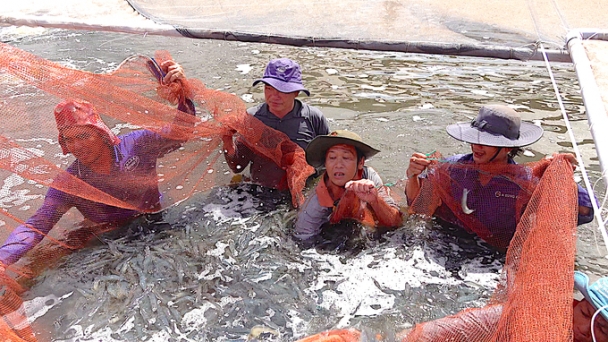
(VAN) In the Mekong Delta, it is currently the peak season for shrimp harvest, shrimp prices have started to rise since mid-September, with expectations of continued growth into the beginning of next year.
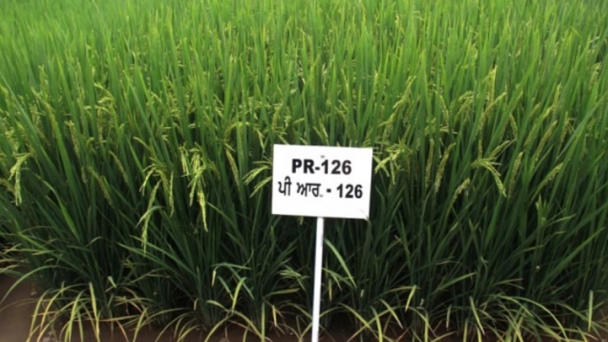
(VAN) Farmers have complained of low yield & procurement issues with the Punjab Agricultural University-developed variety. Oppn says govt promoted it without proper yield testing.
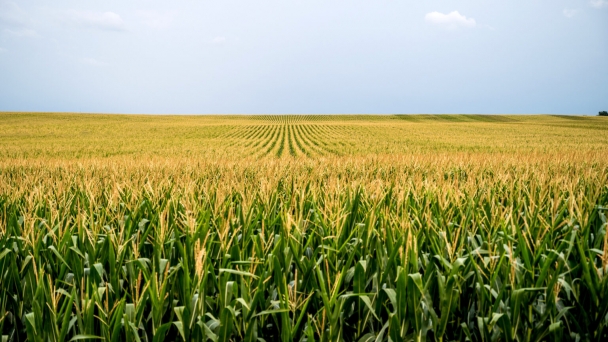
(VAN) Approach seeks voluntary reduction in fertilizer use, leading to cost savings and cleaner groundwater.
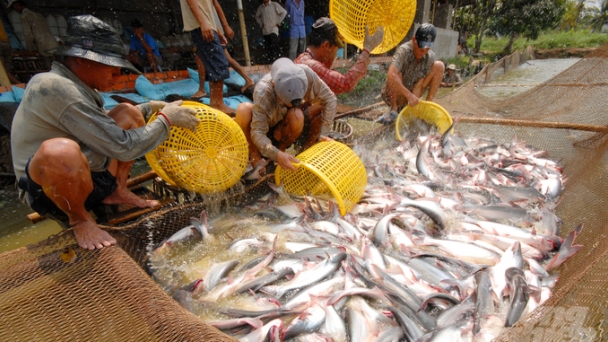
(VAN) Thanks to the pangasius farming link, cooperative members overcame the price crisis and reduced costs by VND 1,500-2,000/kg of fish over farmers.
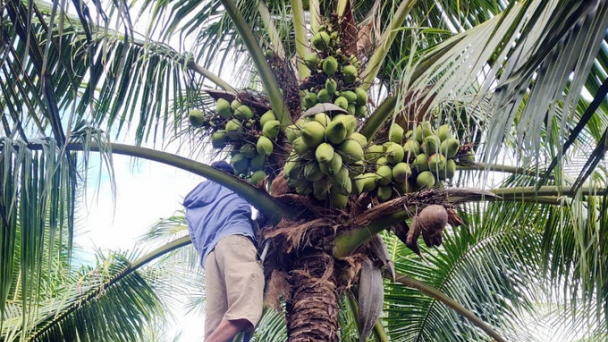
(VAN) Phu Yen Province will establish concentrated coconut production areas in Song Cau Town and Tuy An District, combining landscape development with community-based tourism.
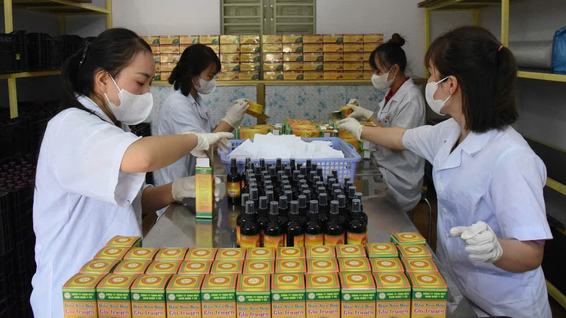
(VAN) With a modern technological production line, Nguyen Van Manh can efficiently extract medicinal herbs while preserving their valuable active compounds.